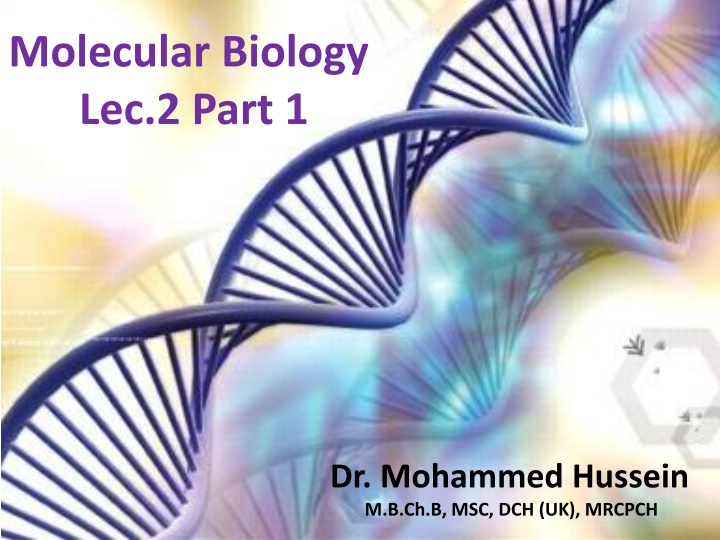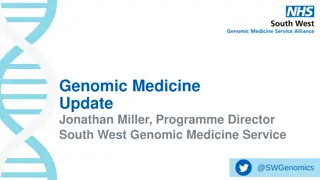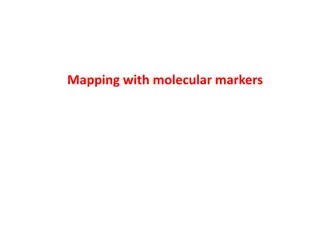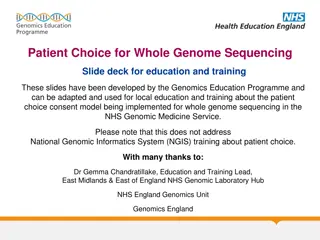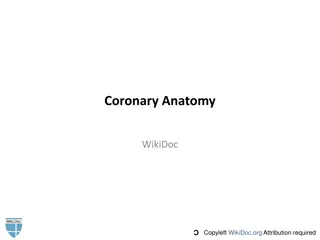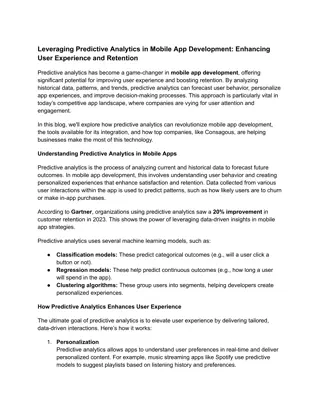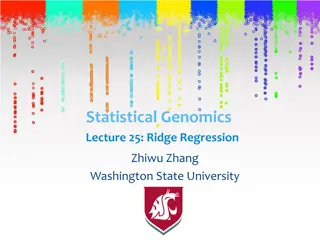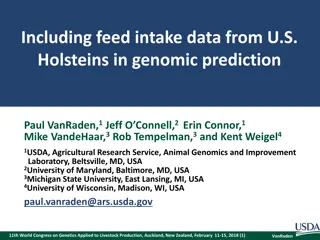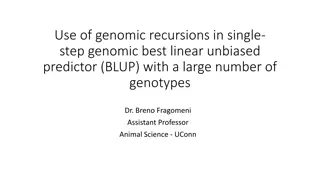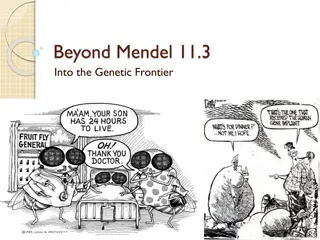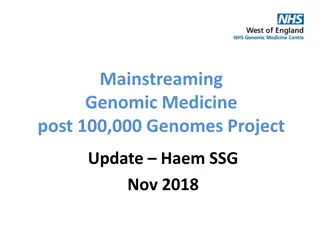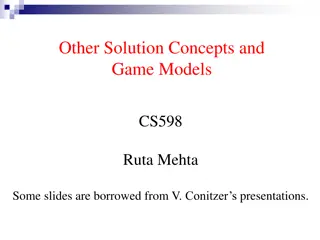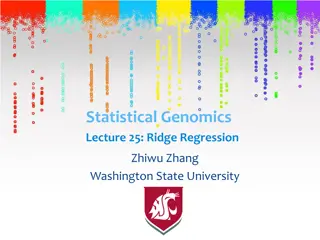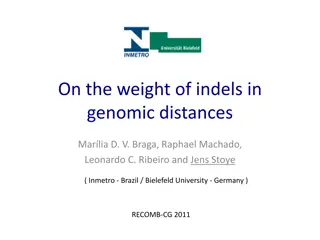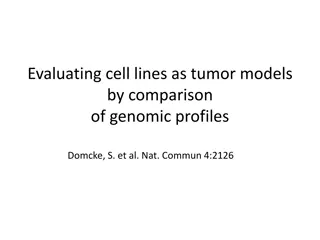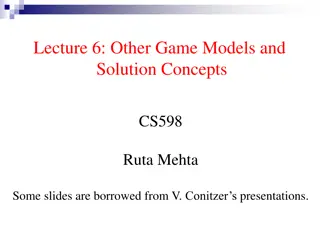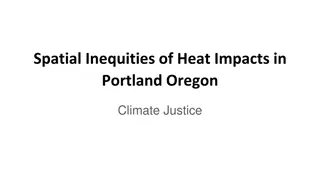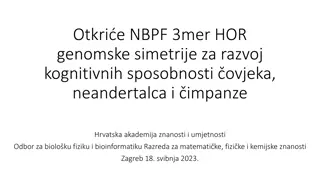Increasing Predictive Ability using Dominance in Genomic Selection
Dominance plays a significant role in genomic selection, contributing to non-additive genetic effects. This study explores the impact of incorporating dominance effects in prediction models for dairy cattle, aiming to improve the accuracy of genomic selection. By estimating both additive and dominance variance components and comparing different model scenarios, the research investigates how dominance can enhance predictive ability and optimize breeding strategies. The study utilizes large datasets to delve into the intricacies of genetic interactions, paving the way for more efficient breeding programs in the future.
Download Presentation

Please find below an Image/Link to download the presentation.
The content on the website is provided AS IS for your information and personal use only. It may not be sold, licensed, or shared on other websites without obtaining consent from the author.If you encounter any issues during the download, it is possible that the publisher has removed the file from their server.
You are allowed to download the files provided on this website for personal or commercial use, subject to the condition that they are used lawfully. All files are the property of their respective owners.
The content on the website is provided AS IS for your information and personal use only. It may not be sold, licensed, or shared on other websites without obtaining consent from the author.
E N D
Presentation Transcript
Molecular Biology Lec.2 Part 1 Dr. Mohammed Hussein M.B.Ch.B, MSC, DCH (UK), MRCPCH
Objectives By the end of this lecture, one should able to 1. Understand the process of DNA replication 2. know the proteins involved in DNA replication 3. Have an idea about telomeres and telomerase and their role in aging and cancer development 4. Know the main causes of DNA damage and the multiple DNA repair systems involved in their correction 5. Have an idea about some of the diseases associated with DNA repair 6. Know the main types of RNA and RNA polymerases 7. Understand the process of transcription 8. Find the relationship among the base sequences in the coding strand (gene), the template strand and the m RNA transcript
DNA Replication a process in which two daughter DNA molecules are produced that are each identical to the parental DNA molecule
1. The base sequence at the origin of replication is recognized
2. Helicase breaks the hydrogen bonds holding the base pairs together
3. Single-stranded DNA binding protein (SSB) binds to the single-stranded portion of each DNA strand
4. Primase synthesizes a short (10 nucleotides) RNA primer in the 5 3 direction
4. DNA polymerase III begins synthesizing DNA in the 5 3 direction
This strand can be made continuously in one long piece and is known as the leading strand.
The laggingstrand is synthesized discontinuously as a series of small fragments known as Okazaki fragments
6. RNA primers are removed by RNAase H and an uncharacterized DNA polymerase I fills in the gap with DNA
7.DNA ligase seals the nicks between Okazaki fragments, converting them to a continuous strand of DNA
Step in Replication Unwinding of DNA double helix Protein involved Helicase 1 2 Stabilization of unwound template strands Synthesis of RNA primers Single-stranded DNA-binding protein (SSB) Primase 3 4 Synthesis of DNA Leading strand Lagging strand (Okazaki fragments) DNA polymerase III DNA polymerase III RNase H (5' 3' exonuclease) Removal of RNA primers 5 6 7 8 Replacement of RNA with DNA DNA polymerase I Joining of Okazaki fragments DNA ligase Removal of positive supercoils ahead of advancing replication forks Synthesis of telomeres DNA topoisomerase II (DNA gyrase) Telomerase 9
Telomeres Telomeres are repetitive sequences at the ends of linear DNA molecules in eukaryotic chromosomes. With each round of replication in most normal cells, the telomeres are shortened. This contributes to the aging of cells, because eventually the telomeres become so short that the chromosomes cannot function properly and the cells die.
Telomerase Telomerase is an enzyme in eukaryotes used to maintain the telomeres. It contains a short RNA template complementary to the DNA telomere sequence. Normally telomerase activity is present only in embryonic cells, germ (reproductive) cells, and stem cells, but not in somatic cells. Cancer cells often have relatively high levels of telomerase, preventing the telomeres from becoming shortened and contributing to the immortality of malignant cells.
The structure of DNA can be damaged in a number of ways through: 1. Exposure to chemicals 2. Exposure to radiation 3. Incorrect bases can also be incorporated during replication. Multiple repair systems have evolved, allowing cells to maintain the sequence stability of their genomes
If cells are allowed to replicate their DNA using a damaged template, there is a high risk of introducing stable mutations into the new DNA. Thus any defect in DNA repair carries an increased risk of cancer
Most DNA repair occurs in the G1 phase of the eukaryotic cell cycle. Mismatch repair occurs in the G2 phase to correct replication errors
Cause Damage Repair Enzymes Thymine dimers (G1) DNA polymerase DNA ligase UV radiation Mismatched base (G2) DNA replication errors DNA polymerase DNA ligase Cytosine deamination G1) Spontaneous/ heat DNA polymerase DNA ligase
Diseases Associated With DNA Repair 1. Predisposition to the development of cancer. 2. Xeroderma pigmentosum 3. Hereditary nonpolyposis colorectal cancer
Xeroderma pigmentosum An autosomal recessive disorder, characterized by extreme sensitivity to sunlight, skin freckling and ulcerations, and skin cancer. The most common deficiency occurs in the excinuclease enzyme.
